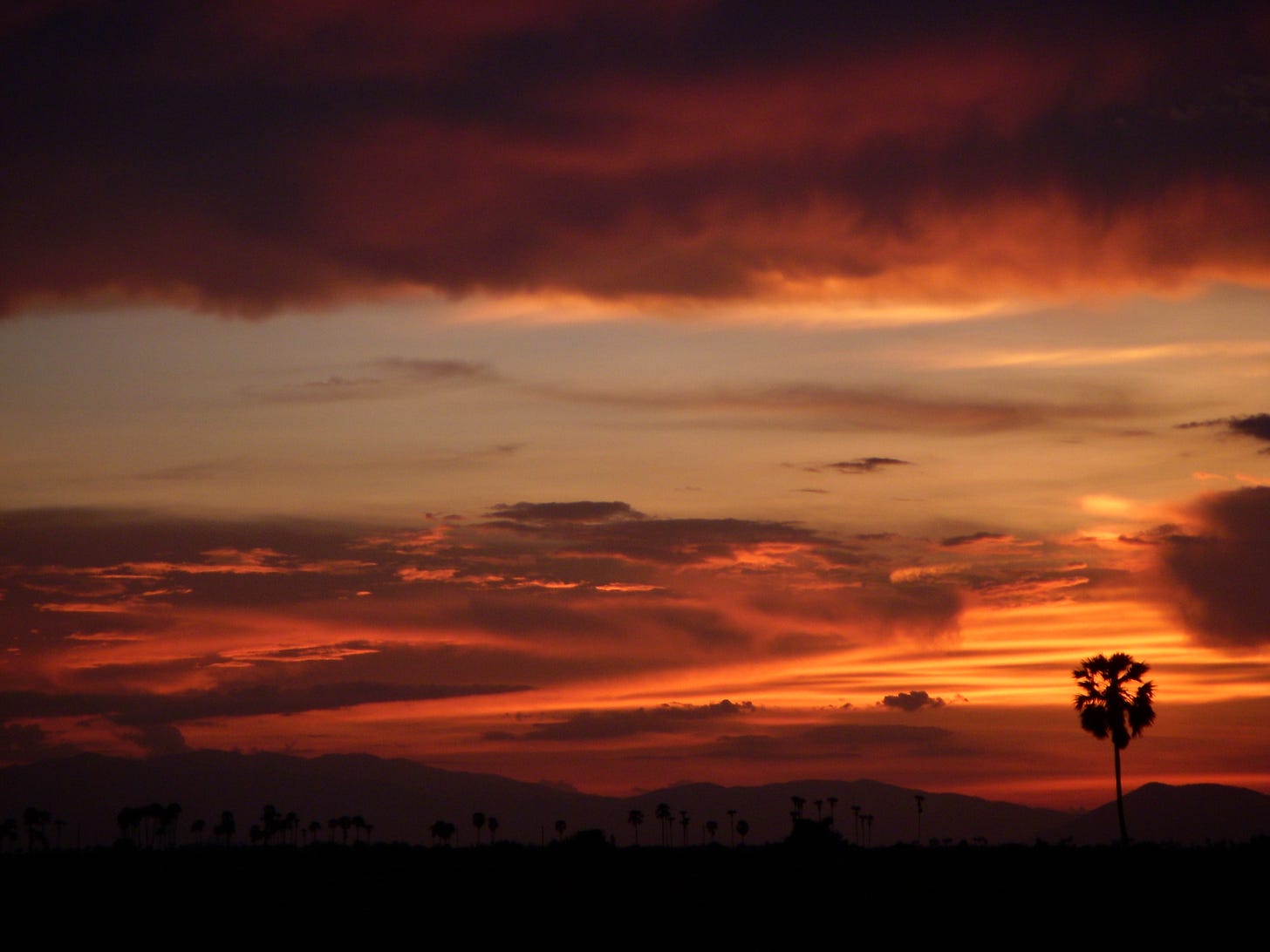The Sun Sets on the Ecological Balance of Forests and Wildlife in Cambodia
More planned dams will impact the Cardamom Mountains

Southeast Asia's second-largest unspoiled rainforest, spanning 800,000 hectares of dense monsoon and mangrove forests brimming with life, is found in the Cardamom Mountains in southern Cambodia. This ecological treasure-trove shelters at least 60 known endangered species, from elusive Asian elephants to Siamese crocodiles, sun bears and pangolins. Yet, despite its irreplaceable biodiversity, the Cambodia government has greenlit the construction of three massive irrigation dams, citing the need for greater agricultural output and water security. These dams, according to officials, will stabilise food supplies, increase crop yields, and irrigate farmlands. But at what cost to one of the region's last great rainforests?
Authorities see the dams as a way to mitigate the effects of unpredictable rainfall and climate change, ensuring that farmers have a reliable water source year-round. While the economic and agricultural benefits are emphasized, the decision has sparked concerns among environmentalists and conservation groups.
The responsibility for safeguarding this vital ecosystem rests largely on grassroots community groups and environmental associations. These dedicated groups work tirelessly to combat illegal land grabs, deforestation, and wildlife poaching—threats that have long endangered the forest’s rich natural resources.
Meanwhile, the construction of these dams will have significant consequences for the Cardamom Mountains’ forests, which are home to diverse ecosystems and endangered species. Gerald Flynn, a reporter for Mongabay, in an explanatory article successfully lays out the details of the Cambodian government’s systematic “war against the forest.”
Large swaths of forest will be cleared for dam infrastructure, reservoirs, and roadways, leading to habitat destruction and loss of biodiversity. Dams also disrupt natural water flows, altering river ecosystems and affecting fish populations that local communities rely on for sustenance. The destruction of forests and water systems exacerbates climate change, as trees that absorb carbon dioxide are lost, and the natural balance of the environment is disturbed.
Furthermore, the approval of these dams reflects a broader trend in Cambodia where conservation and sustainability efforts are often deprioritized in favor of development projects. Despite international pressure to protect its forests, the government continues to approve projects that lead to deforestation and environmental degradation. The lack of strict enforcement of environmental regulations further accelerates the damage as companies and developers clear land without significant oversight. If such trends persist, Cambodia risks losing vital natural resources, threatening both its environmental stability and the livelihoods of communities dependent on these ecosystems.
Attention must be paid not only to the distinctive calls of the Cambodia Laughingthrush, the Tailorbirds, and the Giant Ibis echoing through the dense forests of the Cardamom National Park but also to the vital work being done by non-governmental organizations (NGOs), which continue to play an indispensible role in combating deforestation and advocating for stronger environmental protections in the region.
NGOs like the World Wildlife Fund and Conservation International are at the forefront of conservation efforts, working tirelessly to protect the biodiversity of the park and surrounding areas. They engage in a variety of initiatives, including large-scale reforestation projects aimed at restoring degraded land as well as community-based programs that empower local populations to become stewards of their natural environment and preserve the country’s forests. Through these combined efforts, they not only protect vital ecosystems but also promote sustainable livelihoods for communities, ensuring long-term conservation success for both nature and people.
These organisations assist in ensuring the adoption of sustainable practices, offering long-term solutions to the problems facing Cambodia's forests and wildlife, by working with local communities, governments, and other stakeholders.
Sony Oum, Country Director of Conservation International Cambodia, reflected on the benefits offered by the region. “It has engaged and enhanced stakeholders’ understanding of the invaluable ecological services provided by the Central Cardamom Mountains Landscape, including robust biodiversity support, climate change mitigation, freshwater provision, and sustainable livelihood.”
Many NGOs work closely with local communities to promote sustainable livelihoods that do not depend on deforestation, such as eco-tourism, sustainable agriculture, and forest management programs. Additionally, NGOs conduct research and gather data on deforestation rates, illegal logging, and the environmental impact of infrastructure projects, providing evidence to challenge harmful development plans.
Although economic development is frequently given precedence over conservation by the Cambodian government, NGOs' persistent efforts have resulted in some policy improvements. In 2025, these organizations continue to lobby for stricter environmental regulations, better enforcement of existing laws, and greater transparency in land concessions granted to private companies. They also collaborate with international bodies and donors to put pressure on the Cambodian government to uphold its commitments to forest conservation. However, their influence is often limited by political constraints, and the government sometimes views environmental activism as a challenge to its authority, leading to restrictions on NGO operations.
Despite these challenges, Cambodian NGOs remain a key force in environmental protection. By raising awareness among the public, engaging in legal battles, and forming alliances with global conservation networks, they help slow the pace of deforestation. Their impact on policy development depends largely on political will, international scrutiny, and the ability of civil society to push for change.
If their advocacy efforts gain more support from global NGOs and local communities, they may be able to secure stronger environmental protections and ensure that development projects consider long-term sustainability. Let me know your views. Thank you.






Great write–up!